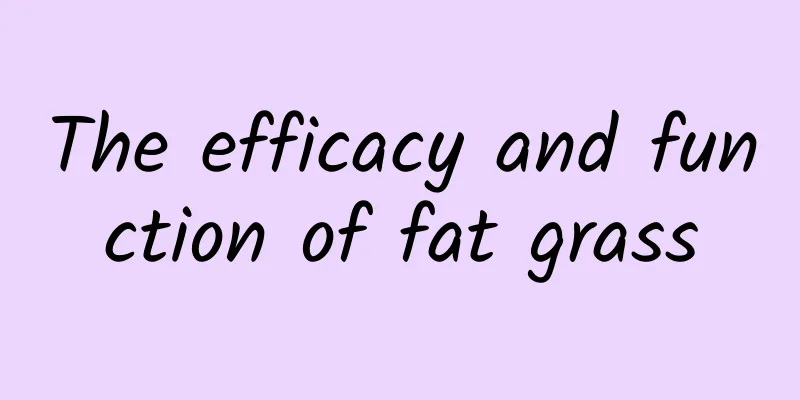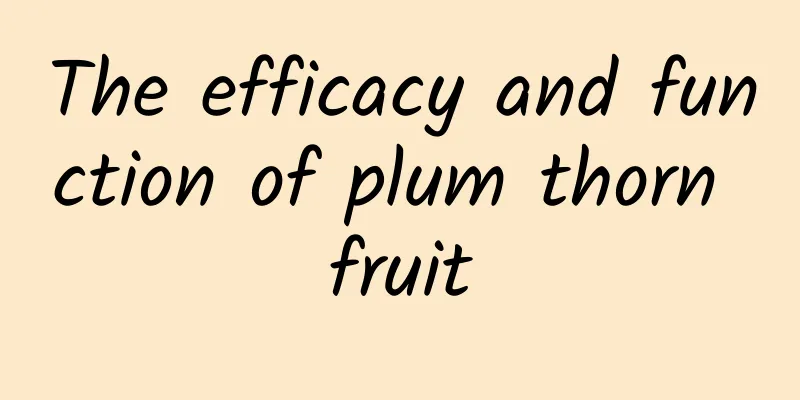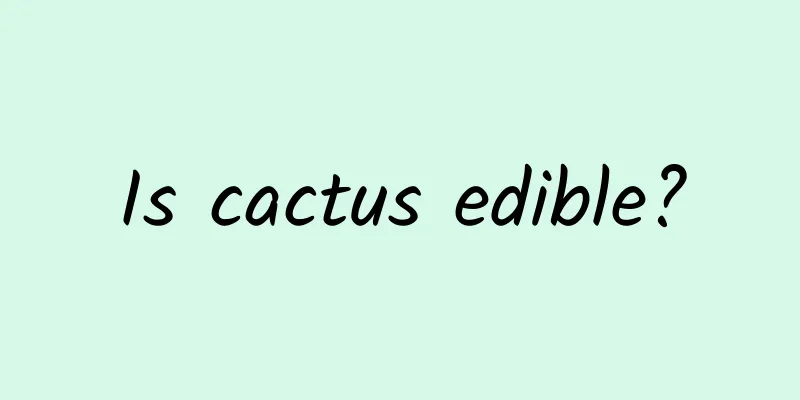The efficacy and function of fat grass

|
Chinese medicinal materials are very effective in treating certain diseases. Although the effect is a little slow, they have no side effects on the human body and are still highly respected by people. However, when choosing, you need to pay attention to its usage methods, etc. Let us learn about the medicinal material fat grass. [Other names] Home structure, sour wine, sour pole, Fudi wood, sheep knife tip, ridge stem wood, Baihuazi [Source] Medicinal material source: the whole herb of the plant Melastomataceae. [Original form] Herb or subshrub, 30-100cm high. The stem is quadrangular, often with narrow wings on the ridges, glabrous and usually unbranched. Leaves opposite; petiole 2-6cm long, fleshy, grooved, narrowly winged on margin, more or less prickly at junction with leaf blade; leaf blade membranous, usually a pair of leaves on the same node, with great difference in size, broadly lanceolate to ovate, or elliptic, acuminate at apex, shallowly cordate to rounded at base, 6-17cm long, 3-7cm wide, glabrous above or sometimes with very sparse fine strigosus between basal veins, glabrous below, densely covered with small white glandular dots, margin finely serrulate, with prickly at tips; 5-7 basal veins. Flowers bisexual; composed of panicles of cymes, terminal, 12-20cm long, peduncle quadrangular; involucral bracts oblate or broadly ovate, with small white glandular dots, caducous early, pedicels quadrangular, densely covered with glandular hairs; bracts obovate or elliptical, about 1cm long, covered with glandular hairs and small white glandular dots, with glandular hair-like cilia; calyx about 1.3cm long, with 4 edges, covered with glandular hairs and small white glandular dots, lobes oblong; petals white with red, light red, red or purple-red, obovate-oblong, with a glandular hair tip; 4 long stamens and 4 short stamens, the longer one is about 2.4cm long, anther linear, about 1.4cm long, connective slightly swollen and spurred, the shorter one is about 0.8cm long, anther ovate, about 3mm long, connective not extended: ovary crown brims with cilia. The capsule is obconical, with 4 edges and 4-lobed apical pore. The persistent calyx is the same shape as the fruit, the rim is constricted, glabrous, and has small white glandular dots. The flowering period is from June to September, and the fruiting period is from August to November. [Habitat distribution] Ecological environment: Grown in the shade and moist places under sparse and dense forests in valleys at an altitude of 540-1700, or in the fertile soil of hillside grasslands. 【Nature and flavor】 Sweet; bitter; cool 【Functions and indications】 Clears away heat and dampness; cools blood and reduces swelling. Mainly used for dysentery, diarrhea, vomiting blood, hemorrhoidal bleeding [Usage and Dosage] For oral use: decoction, 6-15g. For external use: take appropriate amount and decoct in water for washing. 【Excerpt】 Chinese Materia Medica The above article analyzes some of the effects of fat grass. In our daily life, we can eat fat grass in moderation according to our own situation, which will greatly help improve our body functions. |
<<: The efficacy and function of box fruit vine
>>: The efficacy and function of white-backed poplar
Recommend
The efficacy and function of large leaf grass
With the development of society and the close int...
Can Angelica and Gastrodia be eaten together?
Everyone knows that Angelica and Gastrodia elata ...
The efficacy and function of Polygala tenuifolia[picture]
Polygala [picture] is a very common medicinal mat...
If a fat person exercises, will he only become a strong fat person?
Being fat is definitely for a reason. Do you thin...
The efficacy, effects and contraindications of wintergrass
The effects and functions of winter rubescens: Wi...
The efficacy and function of cotton ginseng
In our lives, Cotton ginseng has attracted our at...
Does smoking affect your appearance? It’s true!
Author: Xiao Dan, Director of the Department of T...
International Day of Forests丨What can we do to protect the “lungs of the earth”?
Hundreds of millions of years ago A group of alga...
Is it effective to take Chinese medicine to regulate menstruation?
Modern women are more prone to menstrual irregula...
Sparking heated discussion: Can microplastics in takeout really invade the brain within two hours?
Previously, the topic #Microplastics in takeout c...
What are the effects of linden pollen?
Pollen is one of the foods we take for health car...
Thrilling and exciting! Looking back at the first human journey to the moon | Human Lunar Day
54 years ago today, Armstrong left clear footprin...
The efficacy and function of millet root
Millet root is a common Chinese medicine. It can ...
The efficacy and function of Magnolia fruit
The efficacy and function of the traditional Chin...









